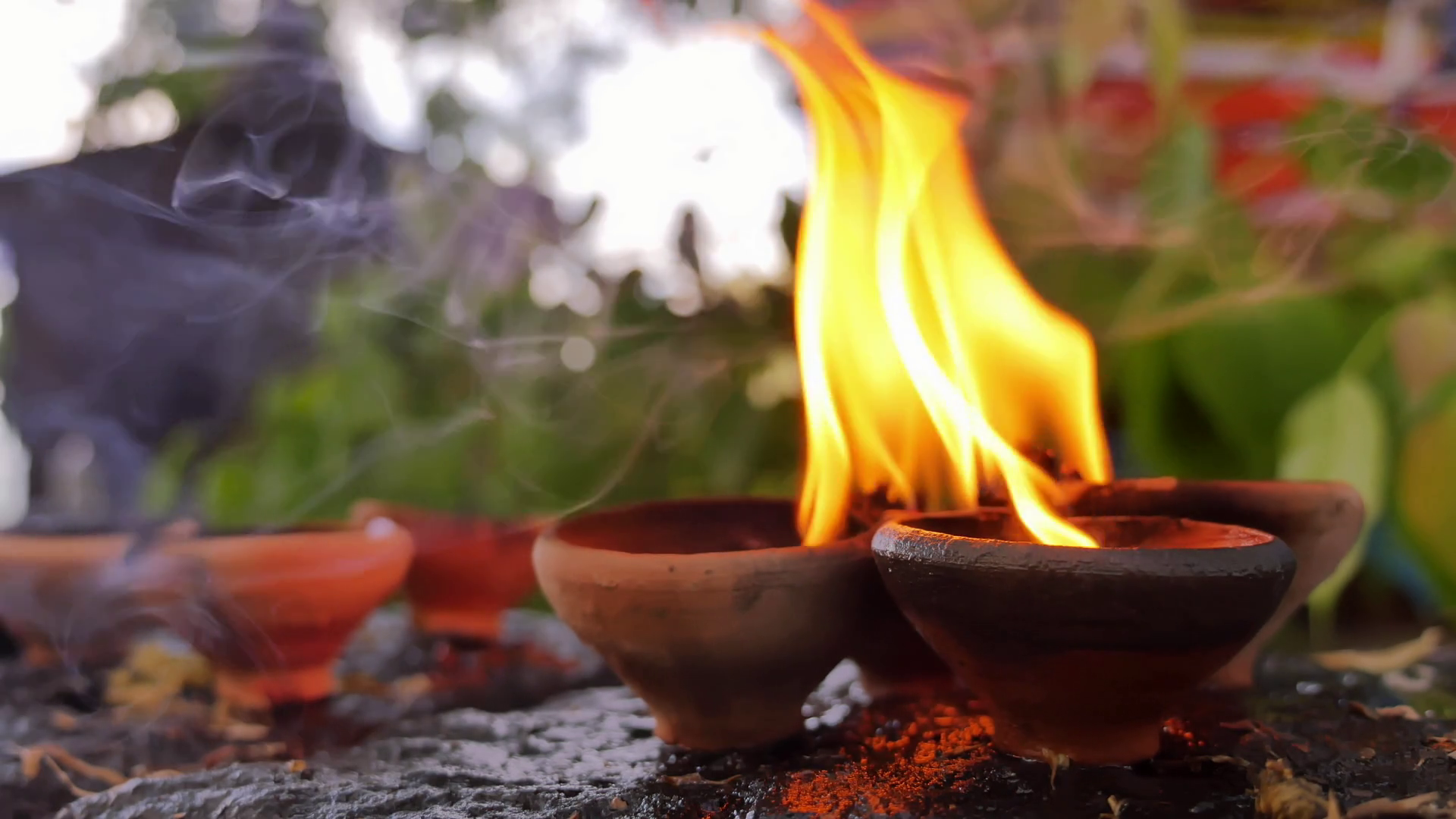What Transfaith Means When We Say "Eastern Traditions"
Our Eastern Traditions section highlights a number of traditions that have emerged from Asian sources (esp. South Asian and East Asian) over many centuries of influence, encounter, and interrelation.
The full range of traditions represented here is quite diverse and may be monotheistic (e.g. Sikhism), polytheistic (e.g. Hinduism), or non-theistic (some Buddhist perspectives) -- making it a less than intuitive mix of interrelated, but distinct traditions.
Even so, individual practitioners are often influenced by and even adherents of multiple Eastern Traditions in their personal practice.
These traditions have migrated significantly into non-Asian populations in the West, creating tensions within each tradition (for example, Buddhism) between more culturally American expressions of the traditions and more culturally Asian expressions; as well as between immigrant and non-immigrant practitioners in the United States.
Though the category of Eastern Traditions is an imperfect clustering of distinct and diverse traditions, Transfaith is committed to honoring the wealth of wisdom from this remarkable range of traditions.
Transfaith welcomes Eastern Traditions blog pitches and submissions from practitioners, including (but not limited to) practitioners of traditions such as Hinduism, Jainism, Buddhism, Sikhism, Shintoism, Taoism, Confucianism, Yoga, Zoroastrianism. We invite you to be in conversation with us about supporting diverse spiritual/cultural workers connected to these traditions. Please be in touch at editors@transfaith.info
Special thanks to leadership from TransBuddhist for suggested adjustments to this article.

